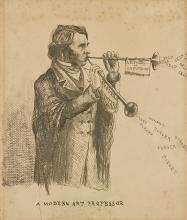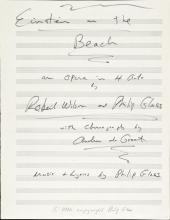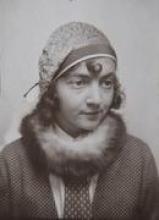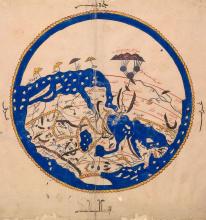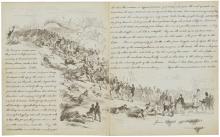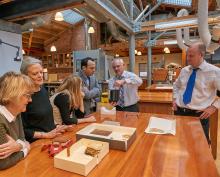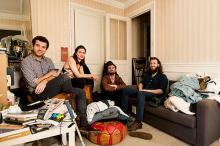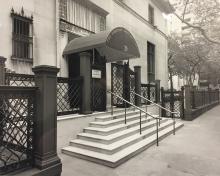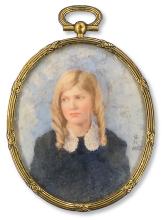Uncovering a Hidden John Ruskin at the Morgan
Submitted by Reading Room on Thu, 12/31/2020 - 12:00amThis is a guest post by Jarrett Moran, a doctoral candidate in History at the Graduate Center, City University of New York.
Bring up the nineteenth century British critic of art and society John Ruskin and there are a few stock stories that get repeated: an art history student might think of J. M. Whistler suing him for libel after Ruskin described his Nocturne in Black and Gold as “flinging a pot of paint in the public’s face,” while a literature student might think of the “pathetic fallacy,” Ruskin’s term for poetic writing that attributes human emotions to the natural world.

